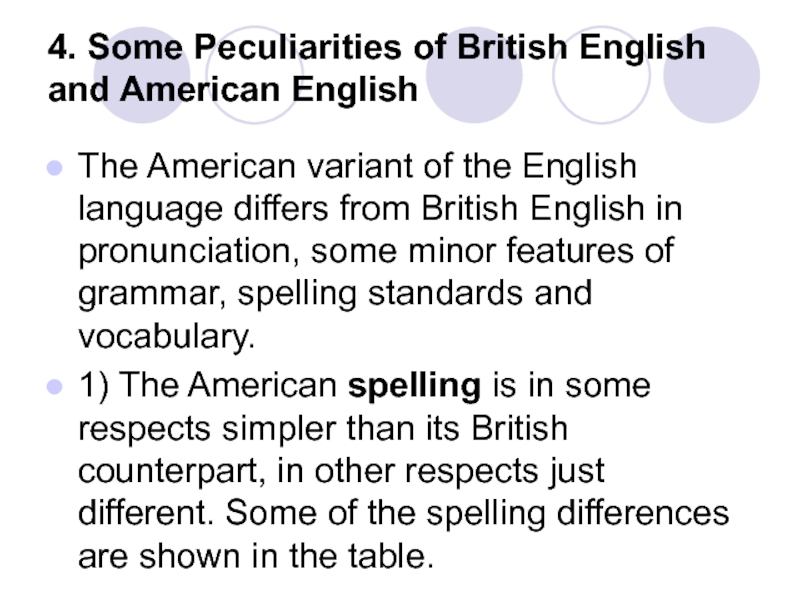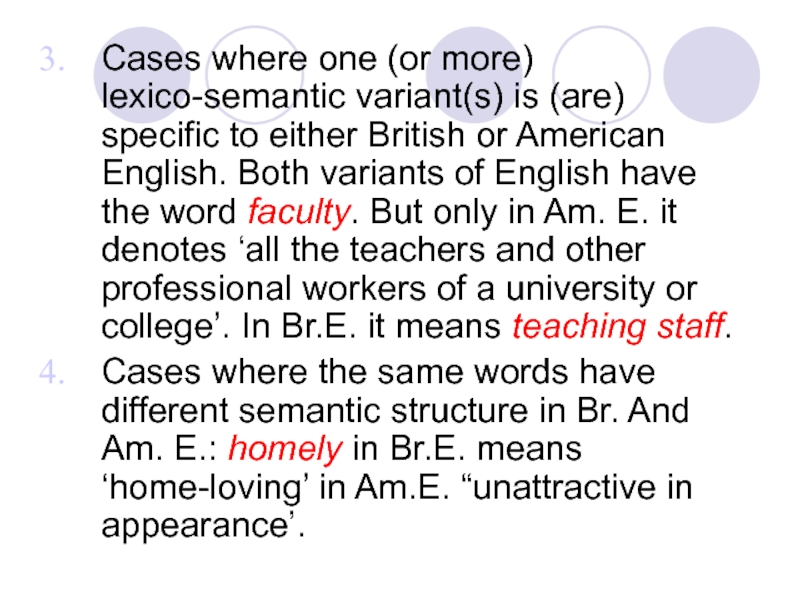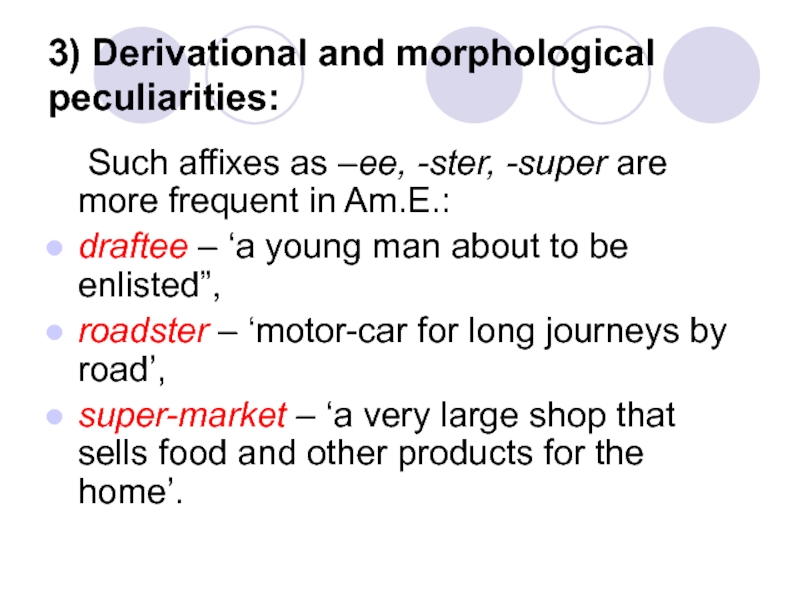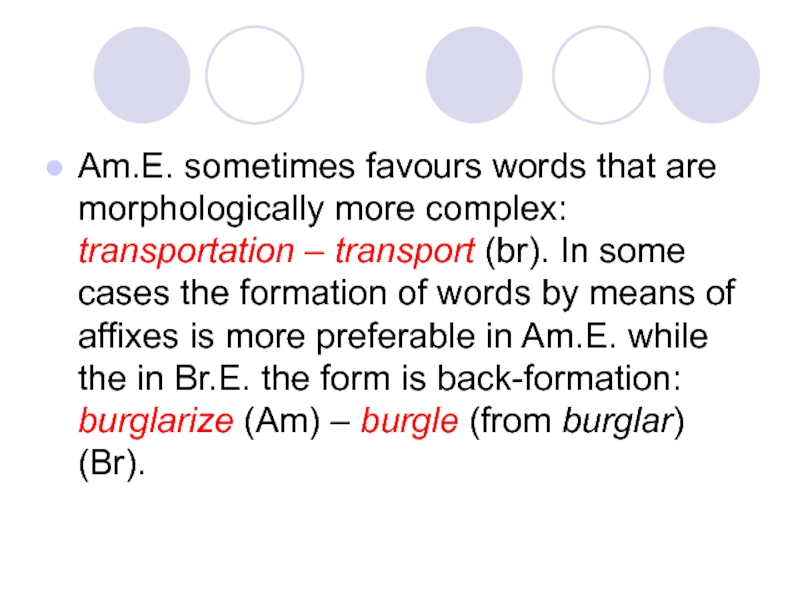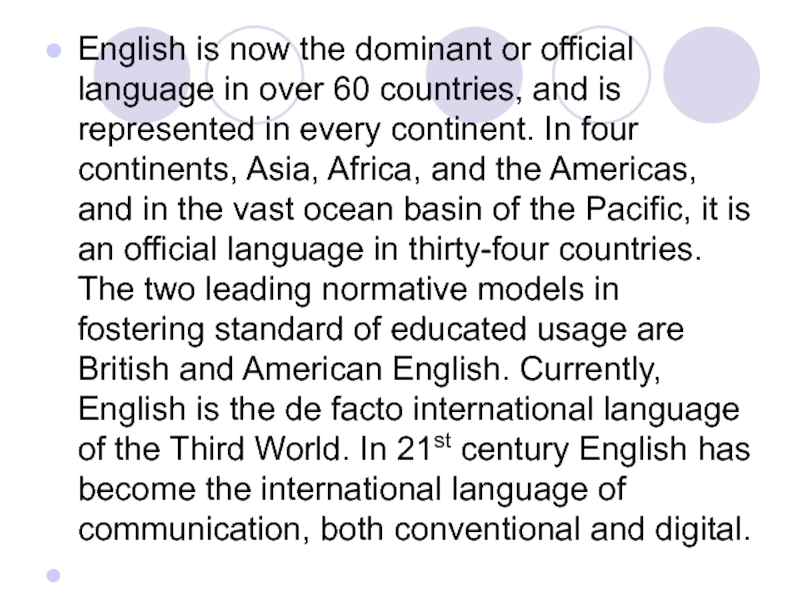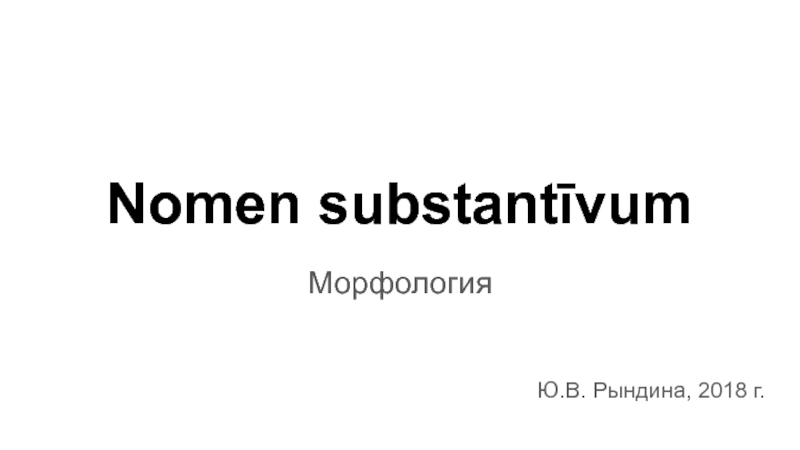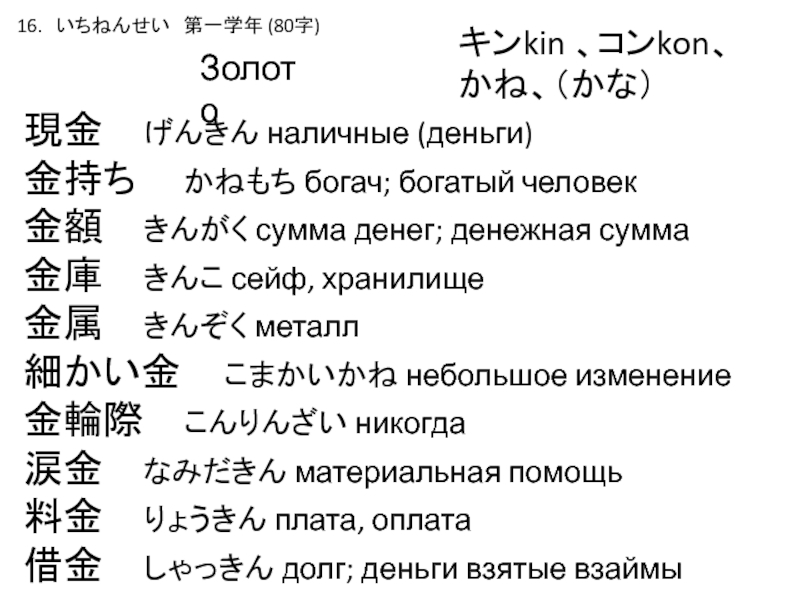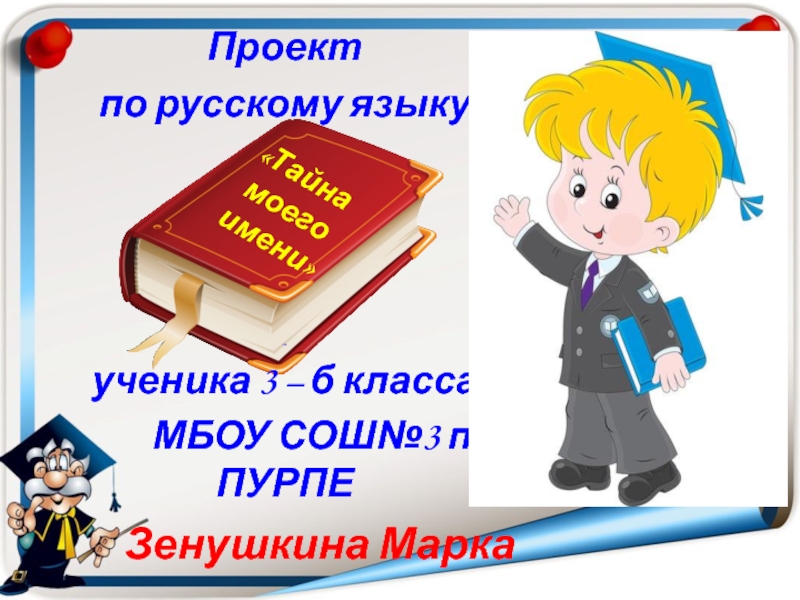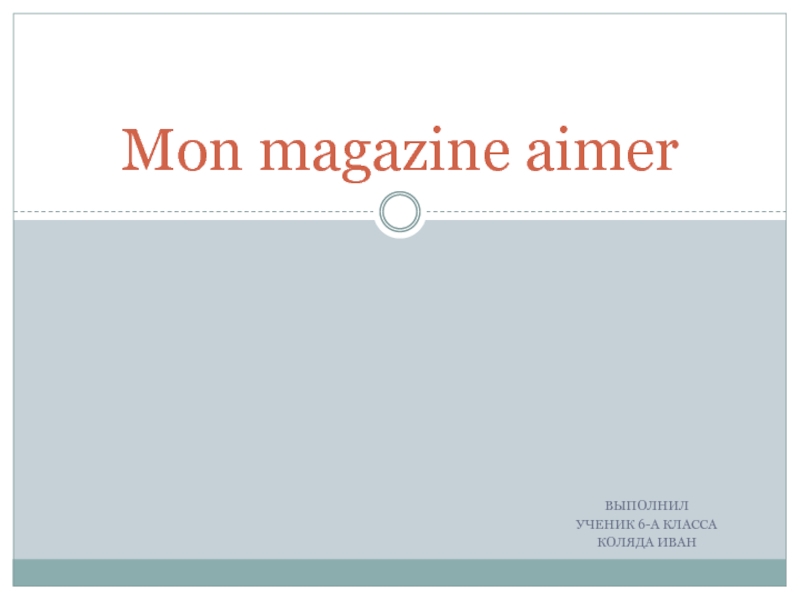- Главная
- Разное
- Дизайн
- Бизнес и предпринимательство
- Аналитика
- Образование
- Развлечения
- Красота и здоровье
- Финансы
- Государство
- Путешествия
- Спорт
- Недвижимость
- Армия
- Графика
- Культурология
- Еда и кулинария
- Лингвистика
- Английский язык
- Астрономия
- Алгебра
- Биология
- География
- Детские презентации
- Информатика
- История
- Литература
- Маркетинг
- Математика
- Медицина
- Менеджмент
- Музыка
- МХК
- Немецкий язык
- ОБЖ
- Обществознание
- Окружающий мир
- Педагогика
- Русский язык
- Технология
- Физика
- Философия
- Химия
- Шаблоны, картинки для презентаций
- Экология
- Экономика
- Юриспруденция
Variants of the English Language презентация
Содержание
- 1. Variants of the English Language
- 2. 1. The Main Variants of the English
- 3. For historical and economic reasons the English
- 4. In modern linguistics the distinction is made
- 5. Standard English may be defined as that
- 6. Variants of English are regional variants
- 7. British English is often referred to the
- 8. 2. Variants of English in the United
- 9. 2.1. Scottish English has a long tradition
- 10. Lexical peculiarities of Scottish English Some
- 11. Some words used in Scottish English have
- 12. Many words which have the same form,
- 13. 2.2. Irish English subsumes all the Englishes
- 14. The Irish English vocabulary is characterized by:
- 15. the use of most regionally marked words
- 16. the Gaelic influence on meanings of some
- 17. the layer of words shared with Scottish
- 18. 3. Variants of English outside the British
- 19. a) Historical Americanisms: fall – ‘autumn’;
- 20. b) Proper Americanisms were not discovered
- 21. c) Specifically American borrowings reflect the
- 22. d) American shortenings: dorm – dormitory;
- 23. 2. Canadian English is the variety
- 24. 3. Australian English is similar to
- 25. Australian English has a unique set of
- 26. 4. New Zealand English is the
- 27. Many local words in New Zealand English
- 28. 5. South African English is the
- 29. In South African English there are words
- 30. 6. Indian English is the variety
- 31. Words used only in Indian English are:
- 32. There some phonetic peculiarities of Indian English,
- 33. 4. Some Peculiarities of British English and
- 35. 2) Lexical differences: Cases where different
- 36. Cases where one (or more) lexico-semantic variant(s)
- 37. Cases where there are no equivalent words
- 38. 3) Derivational and morphological peculiarities: Such affixes
- 39. Am.E. sometimes favours words that are morphologically
- 40. English is now the dominant or official
Слайд 21. The Main Variants of the English Language
Every language allows different
Слайд 3For historical and economic reasons the English language has spread over
Слайд 4In modern linguistics the distinction is made between Standard English, territorial
Слайд 5Standard English
may be defined as that form of English which is
Слайд 6Variants of English
are regional variants possessing a literary norm. There
Слайд 7British English
is often referred to the written Standard English and the
Слайд 82. Variants of English in the United Kingdom
Besides British English, there
Слайд 92.1. Scottish English
has a long tradition as a separate written and
The identity of Scottish English reflects an institutionalized social structure, as it is most noticeable in the realm of law, local government, religion, and education.
Слайд 10Lexical peculiarities of Scottish English
Some semantic fields are structured differently
Слайд 11Some words used in Scottish English have equivalents in British English,
A great deal of the distinctiveness of Scottish English derived from the influence of other languages, especially Gaelic, Norwegian, and French. E.g., Gaelic borrowings include: cairn – ‘a pile of stones that marks the top of a mountain or some other special place’ –sporran – ‘a small furry bag that hangs in front of a man’s kilt as part of traditional Scottish dress’
Слайд 12Many words which have the same form, but different meanings in
Some Scottish words and expressions are used and understood across virtually the whole country, e.g. dinnae (don’t), wee (‘small’), kirk (‘church’), lassie (‘girl’).
Слайд 132.2. Irish English
subsumes all the Englishes of the Ireland. The two
Слайд 14The Irish English vocabulary is characterized by:
the presence of words
Слайд 15the use of most regionally marked words by older, often rural
the presence of nouns taken from Irish which often relate either to food or the supernatural, e.g. banshee – ‘fairy woman’ from bean sidhe;
Слайд 16the Gaelic influence on meanings of some words, e.g. to destroy
the presence of words typical only of Irish English (the so-called Irishisms), e.g. begorrah – ‘by God’;
Слайд 17the layer of words shared with Scottish English, e.g. ava –
Besides distinctive features in lexis Irish English has grammatical, phonetical and spelling peculiarities of its own, e.g. the use of ‘does be/ do be’ construction in the following phrase: ‘They do be talking on their mobiles a lot’.
Слайд 183. Variants of English outside the British Isles
American English is the
Слайд 19a) Historical Americanisms:
fall – ‘autumn’;
to guess – ‘to think’;
sick – ‘ill, unwell’.
In American usage these words still retain their old meanings whereas in British English their meanings have changed or fell out of use.
Слайд 20b) Proper Americanisms
were not discovered in British vocabulary: redbud –
blue-grass – ‘a sort of grass peculiar to North America’.
Слайд 21c) Specifically American borrowings
reflect the historical contacts of the Americans
Слайд 22d) American shortenings:
dorm – dormitory;
mo – moment;
cert –
the layer of words shared with Scottish English, e.g. ava – ‘at all’; greet – ‘cry, weep’; brae – ‘hill, steep slope’.
Слайд 232. Canadian English
is the variety of the English language used
parkade – ‘parking garage’;
chesterfield – ‘a sofa, couch’;
to fathom out – ‘to explain’,
to table a document – ‘to present it’, whereas in American English it means ‘to withdraw it from consideration’.
Слайд 243. Australian English
is similar to British English, but also borrows
Uniquely Australian terms:
outback – remote regional areas;
walkabout – a long journey of certain length;
bush – native forested areas.
Слайд 25Australian English has a unique set of diminutives formed by adding
A very common feature of traditional Australian English is rhyming slang based on Cockney rhyming slang and imported by migrants from London in the 19th century.
Слайд 264. New Zealand English
is the variety of the English language
Слайд 27Many local words in New Zealand English were borrowed from the
the names of birds (kiwi, tui );
the names of fish (shellfish, hoki);
the names of native trees (kauri, rimu) and many others.
Слайд 285. South African English
is the variety of the English language
Слайд 29 In South African English there are words that do not exist
bra, bru – ‘male friend’,
dorp – ‘a small rural town or village’,
sat – ‘dead, passed away’.
In South African English
boy – ‘a black man’ (derogative),
township – ‘urban area for black, Coloured or Indian South Africans under apartheid’,
book of life – ‘national identity document’.
Слайд 306. Indian English
is the variety of the English language spoken
Слайд 31 Words used only in Indian English are:
crore – ‘ten millions’;
scheduled
mohalla – ‘an area of a town or village, a community’.
Слайд 32There some phonetic peculiarities of Indian English, for example, rhotic [r]
There is a great variety in syntax: one used rather than the indefinite article, for example, He gave me one book, yes and no as question tags: He is coming, yes? Present Perfect rather than Past Simple:
I have bought the book yesterday, etc.
Слайд 334. Some Peculiarities of British English and American English
The American variant
1) The American spelling is in some respects simpler than its British counterpart, in other respects just different. Some of the spelling differences are shown in the table.
Слайд 352) Lexical differences:
Cases where different words are used for the
Cases where some words are used in both variants but are much commoner in one of them: shop (br) – store (am);
Слайд 36Cases where one (or more) lexico-semantic variant(s) is (are) specific to
Cases where the same words have different semantic structure in Br. And Am. E.: homely in Br.E. means ‘home-loving’ in Am.E. “unattractive in appearance’.
Слайд 37Cases where there are no equivalent words in one of the
Cases where the convocational aspect of meaning comes to the fore. The word politician in Br.E. means ‘a person who is professionally involved in politics’, whereas in Am.E. the word is derogatory as it means ‘a person who acts in a manipulative way, typically to gain advancement within an organization’.
Слайд 383) Derivational and morphological peculiarities:
Such affixes as –ee, -ster, -super are
draftee – ‘a young man about to be enlisted”,
roadster – ‘motor-car for long journeys by road’,
super-market – ‘a very large shop that sells food and other products for the home’.
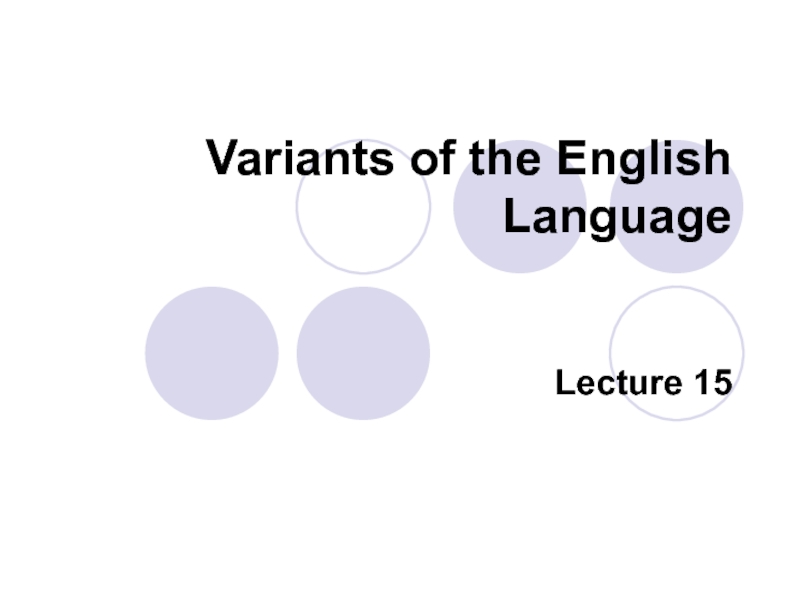
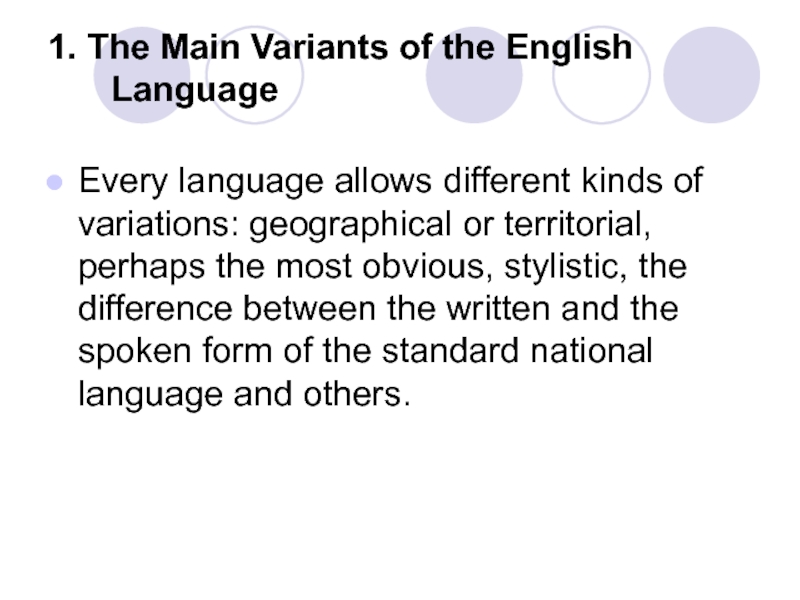
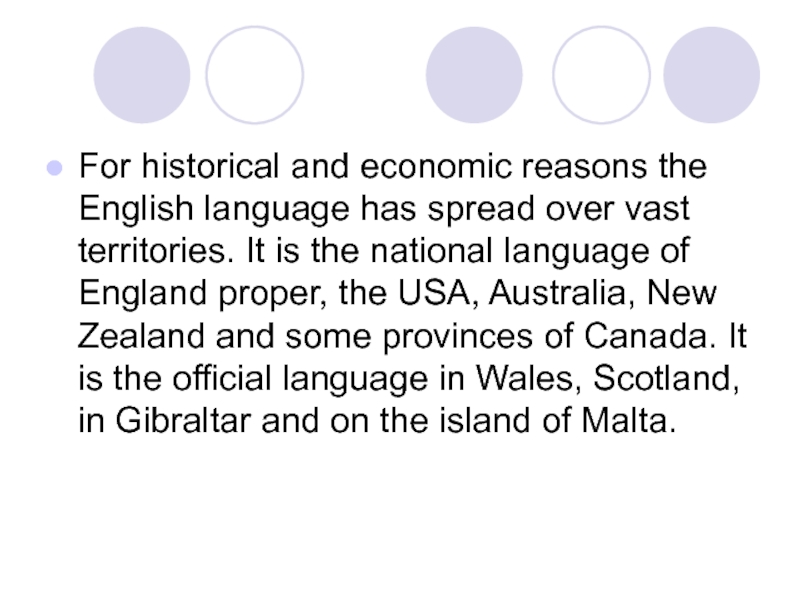
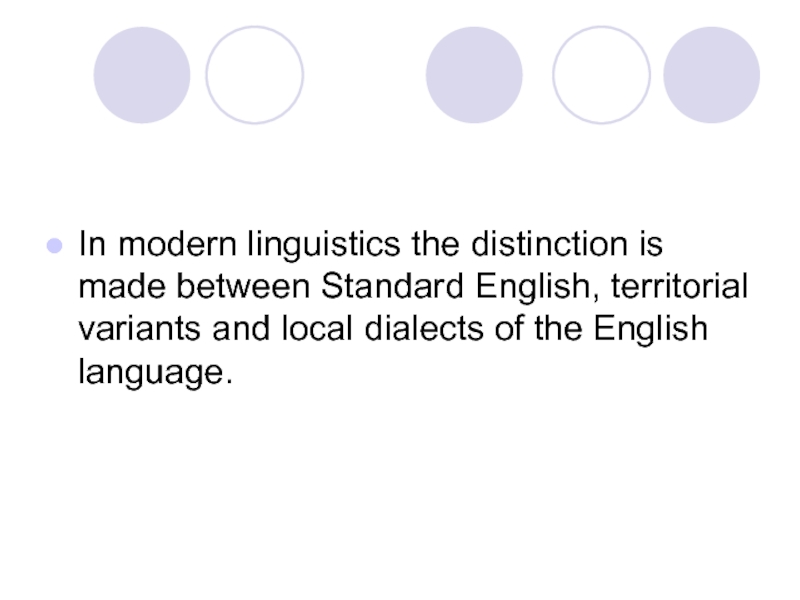
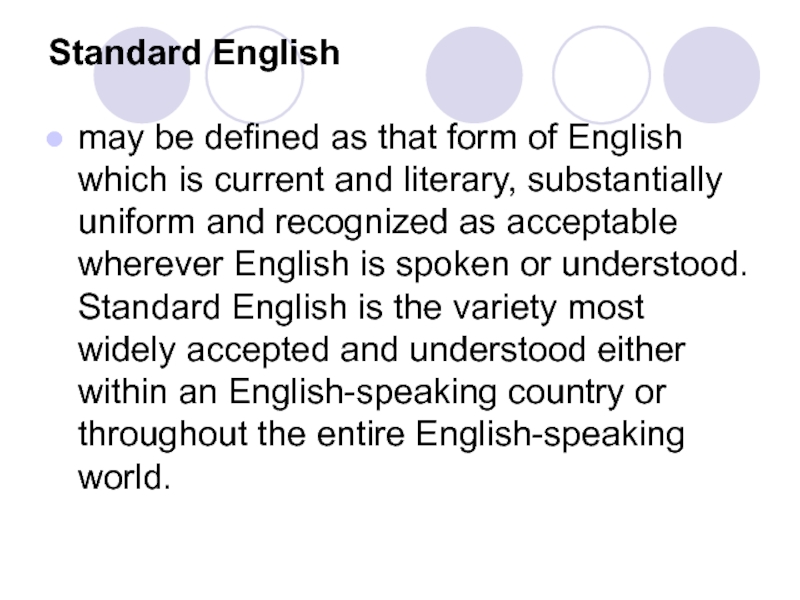
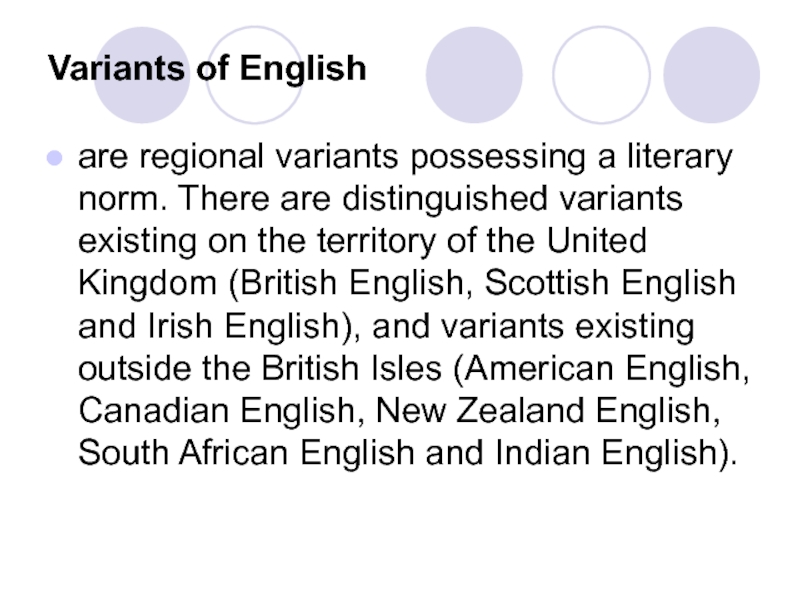
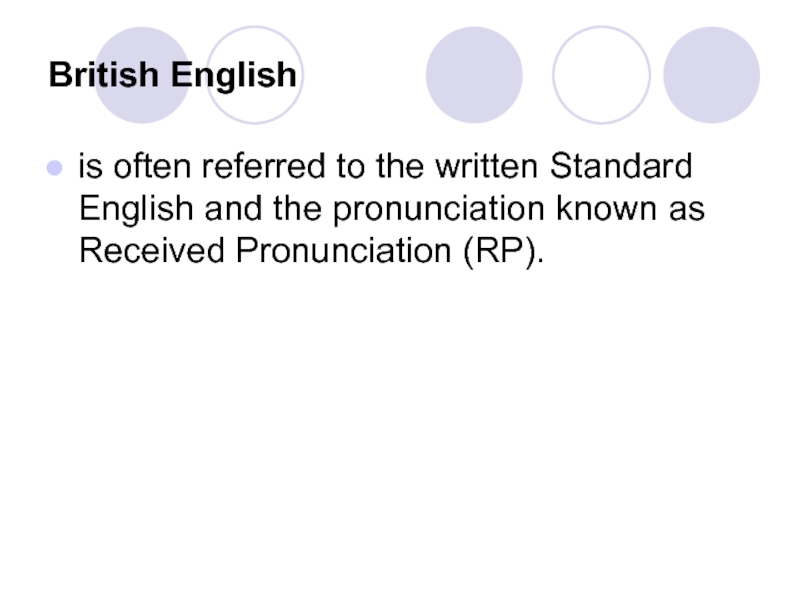
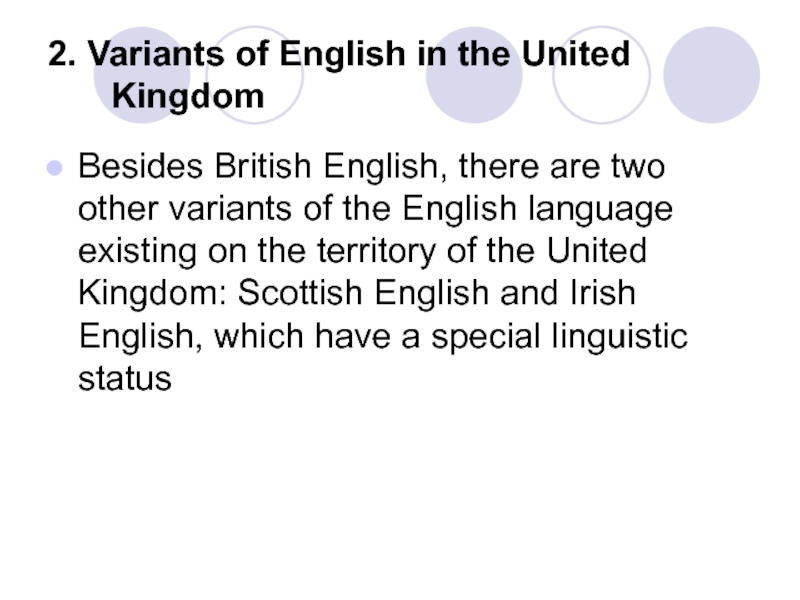
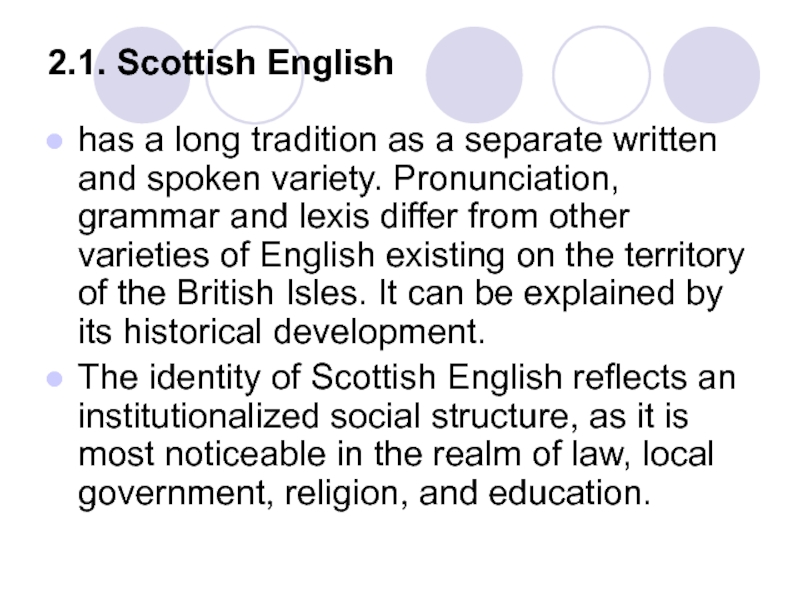
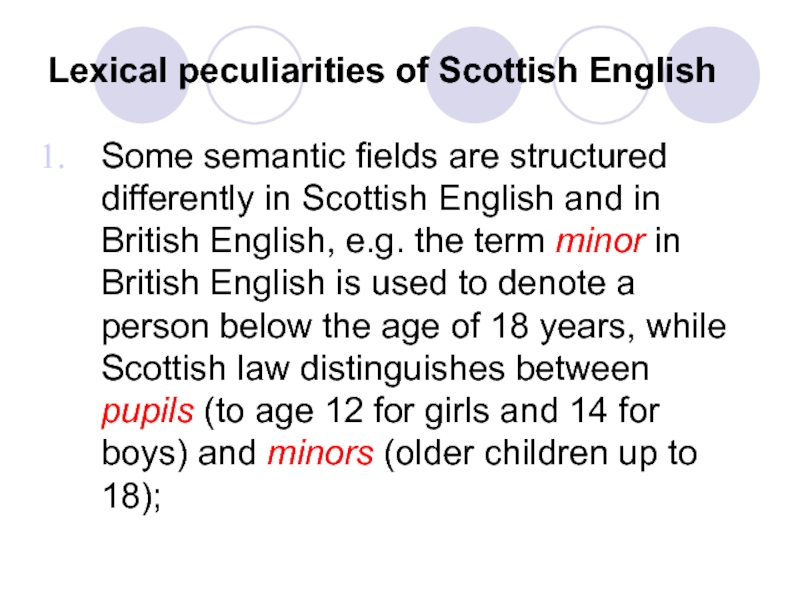
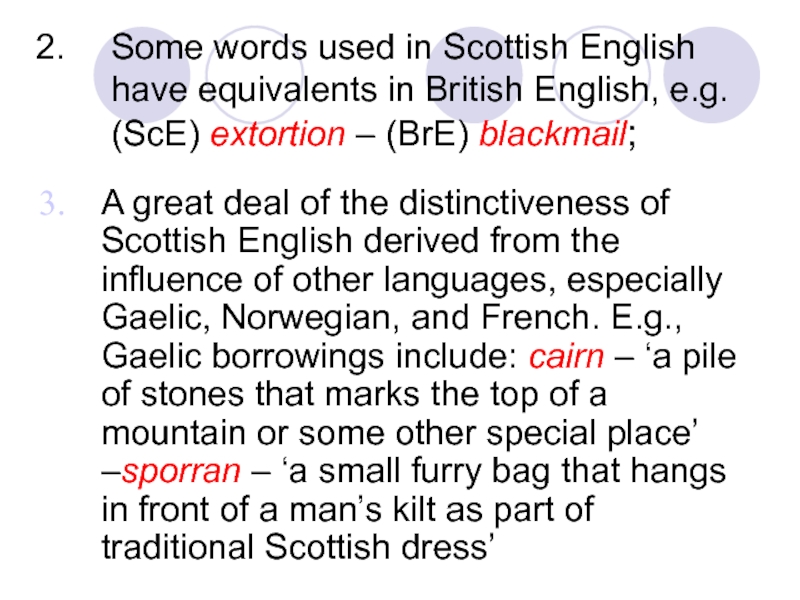


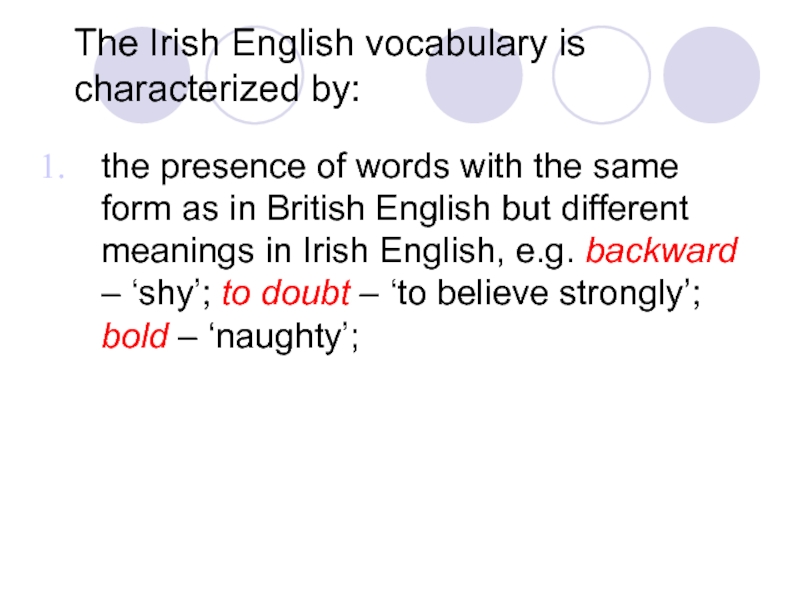
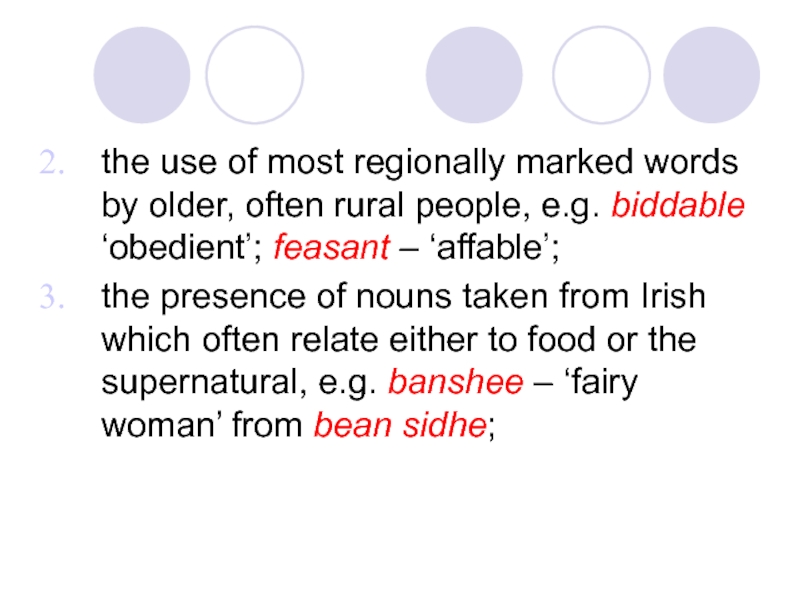
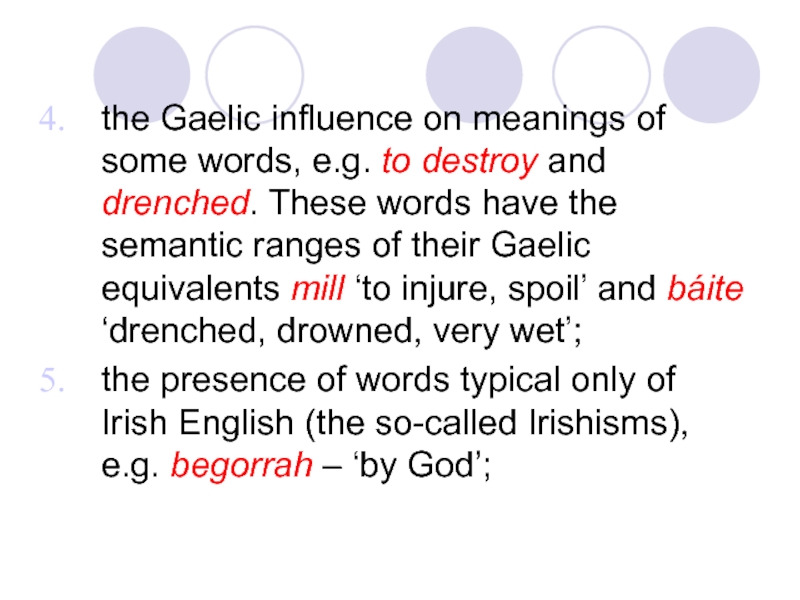
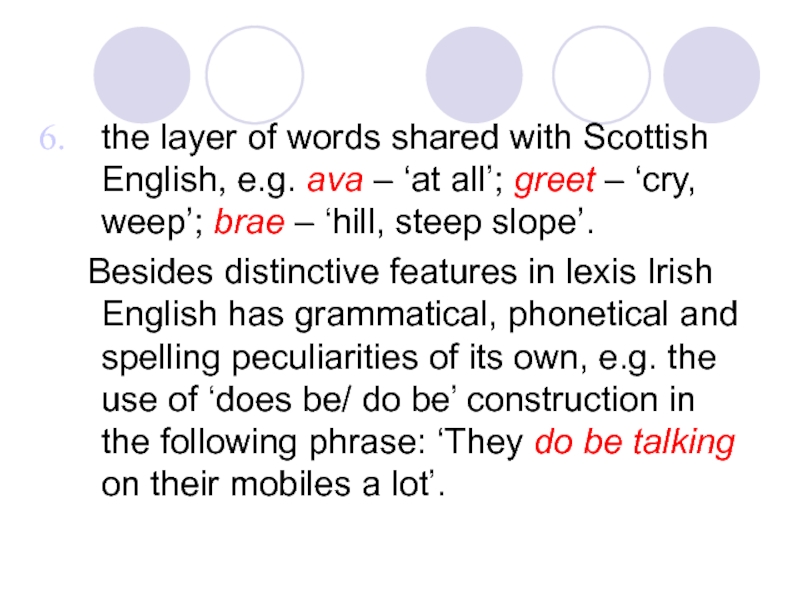
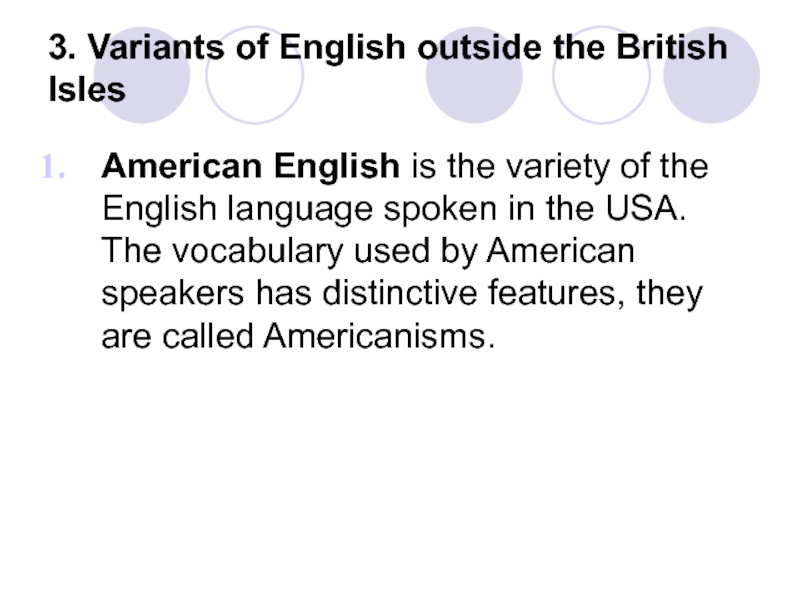
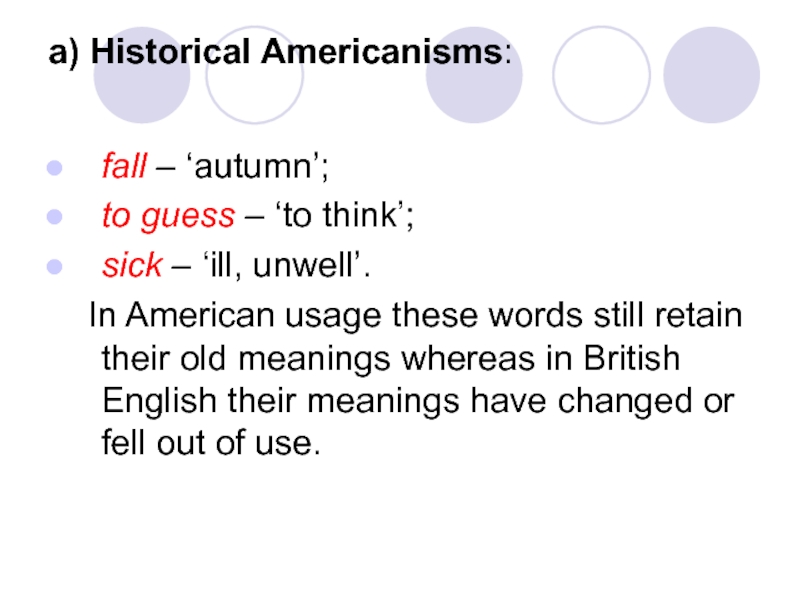
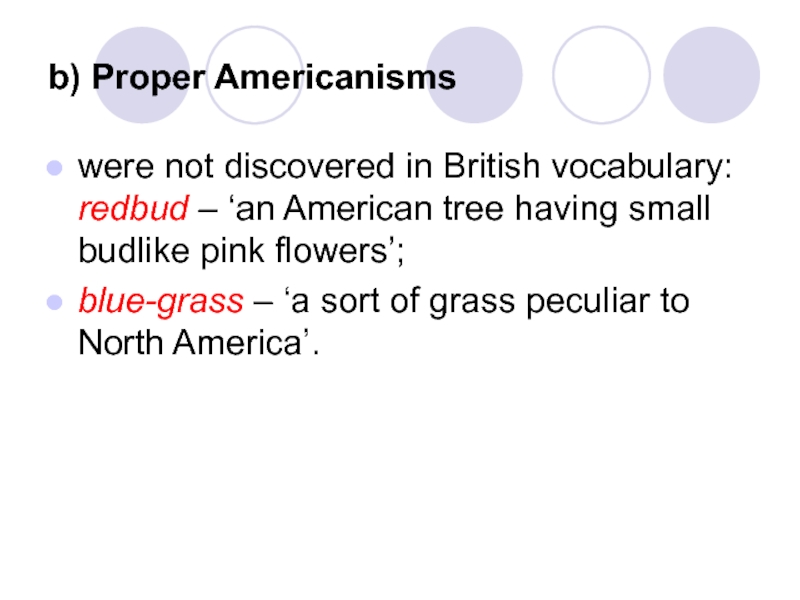
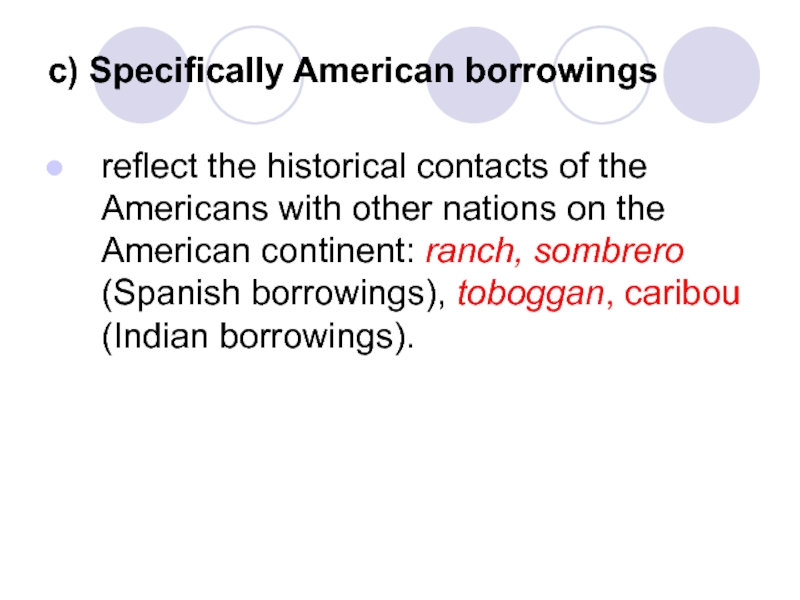
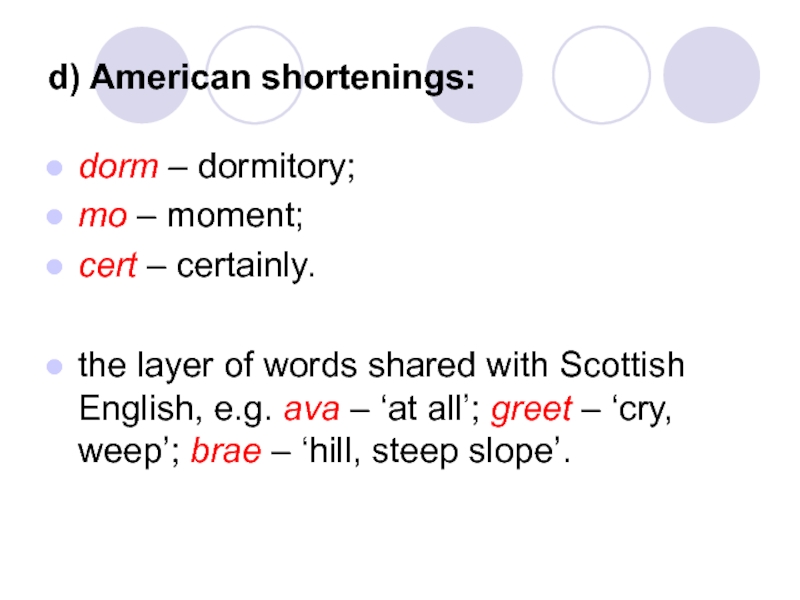
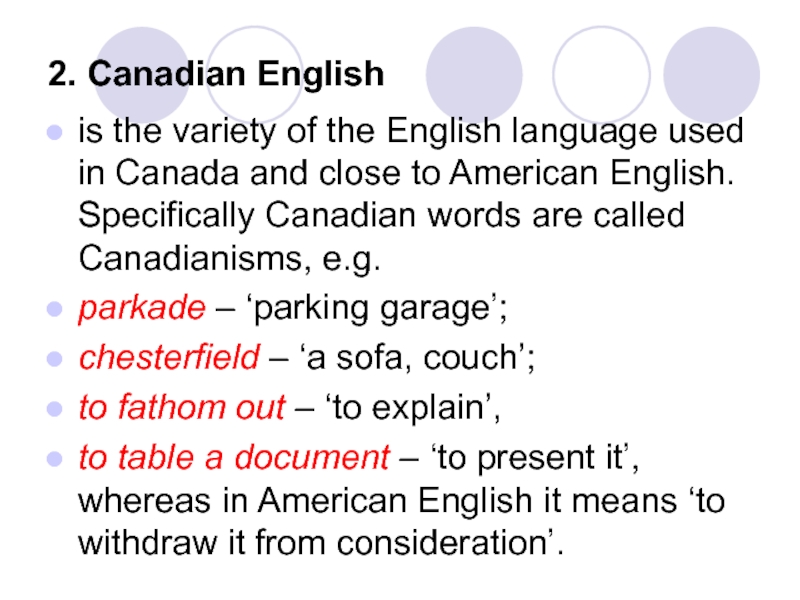
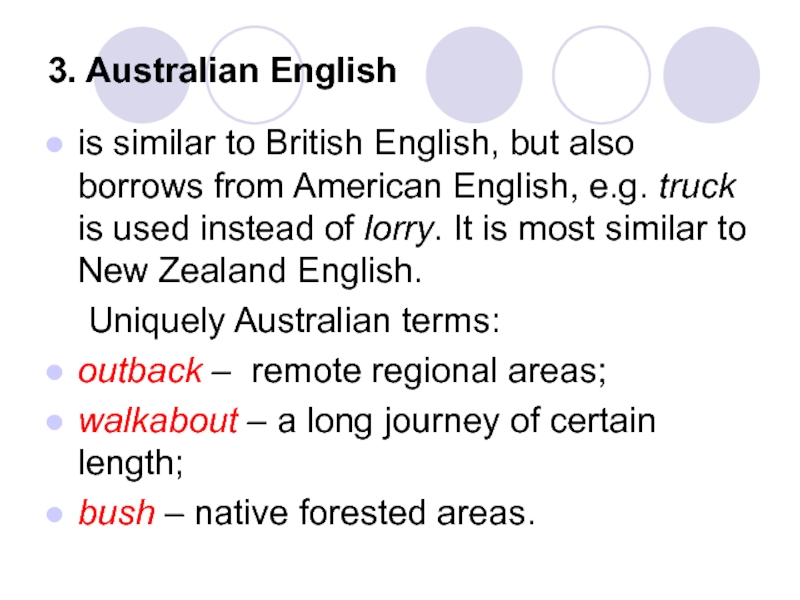

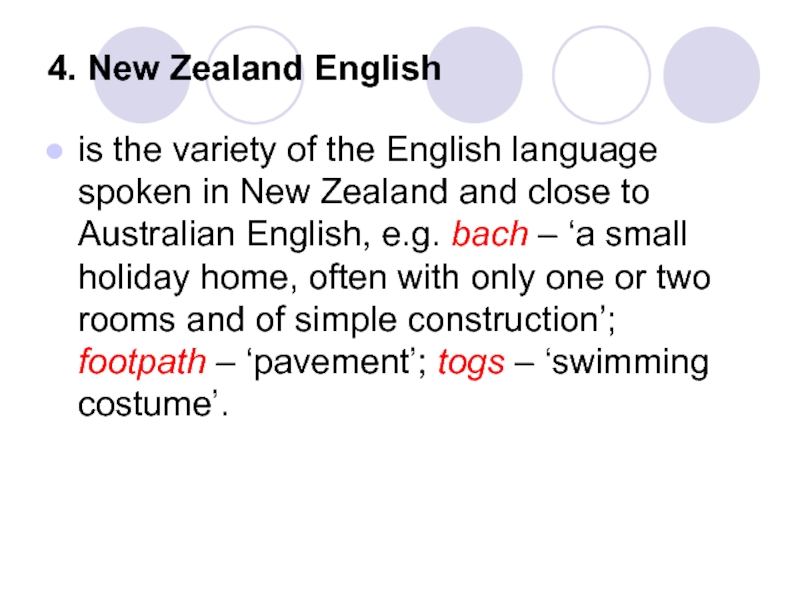


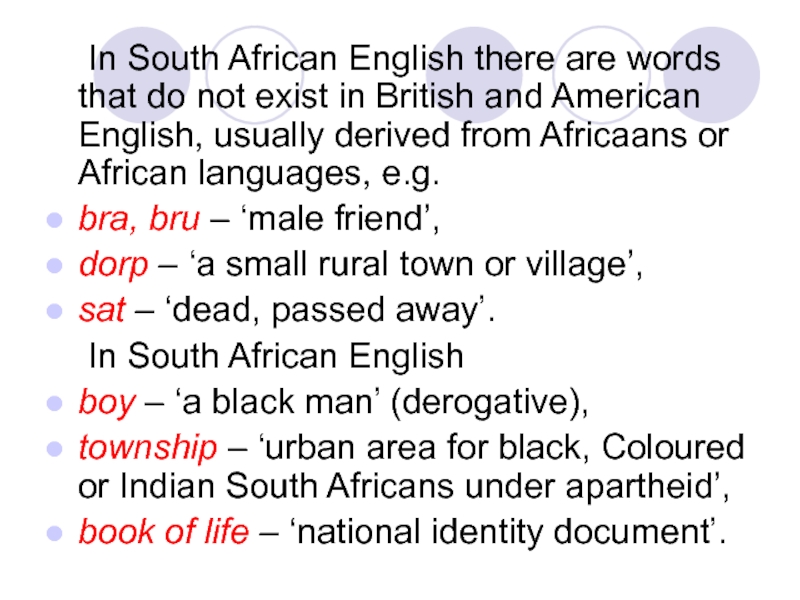
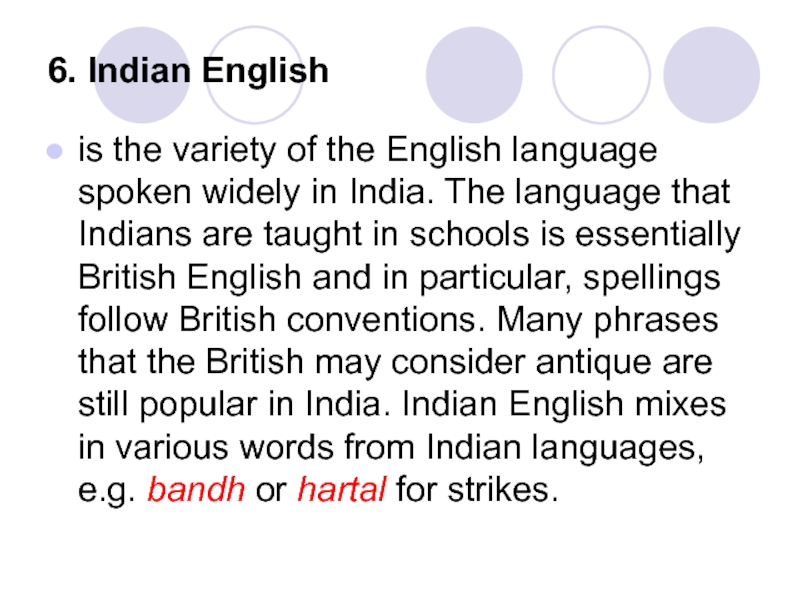
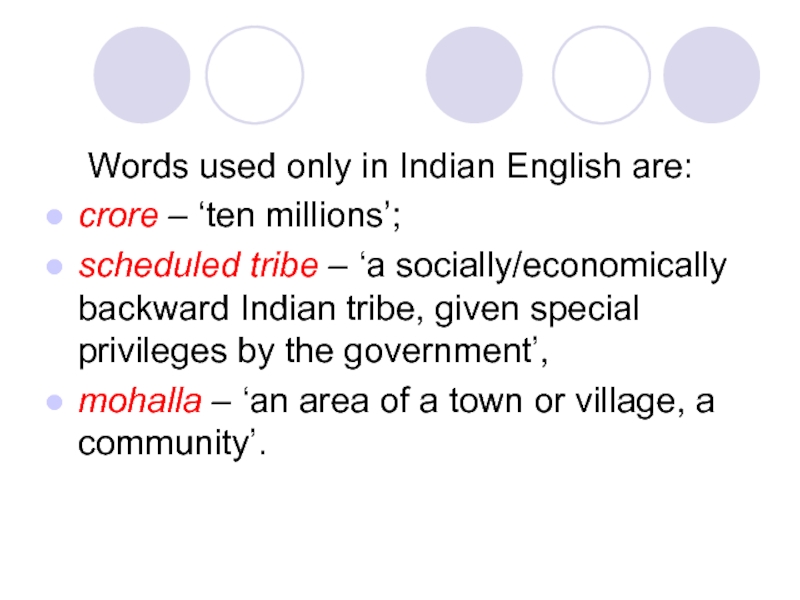
![There some phonetic peculiarities of Indian English, for example, rhotic [r] is pronounced in all](/img/tmb/5/407343/757196fa9b398233bc25b46478944b6a-800x.jpg)
